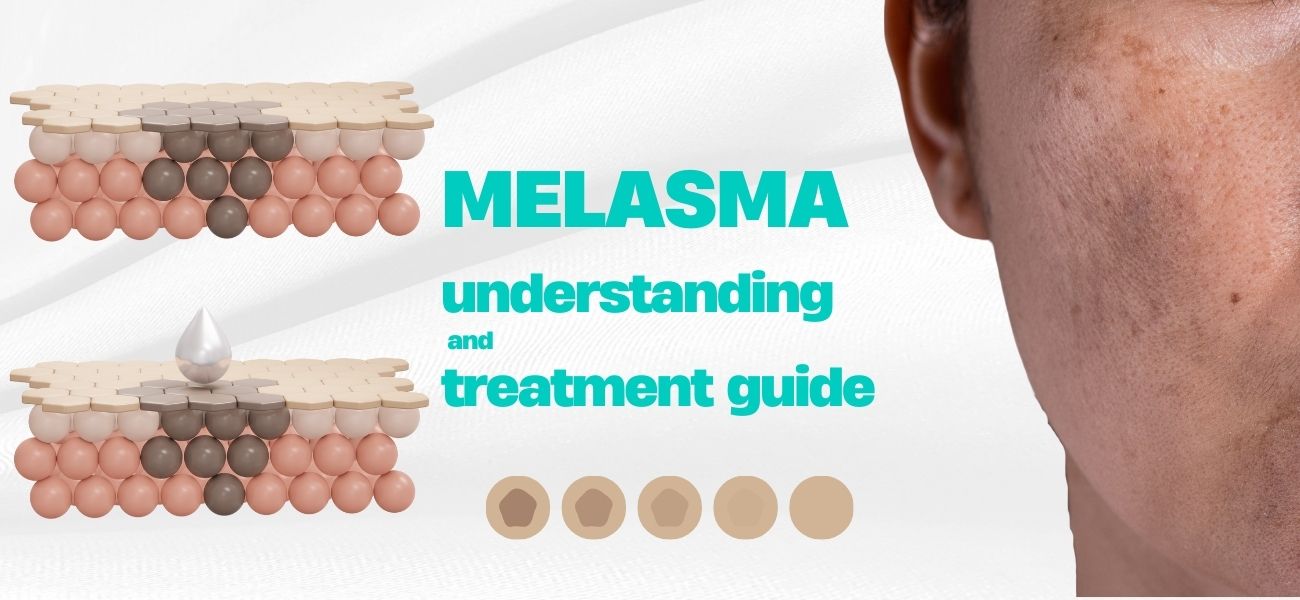
- By saammall
- May 9, 2025
- Skincare Knowledge
- Comments:2
Melasma is one of the most common skin conditions, affecting both confidence and appearance. It often appears on face for various reasons. However, not everyone fully understands it. In this article, let’s explore details with SAAM!
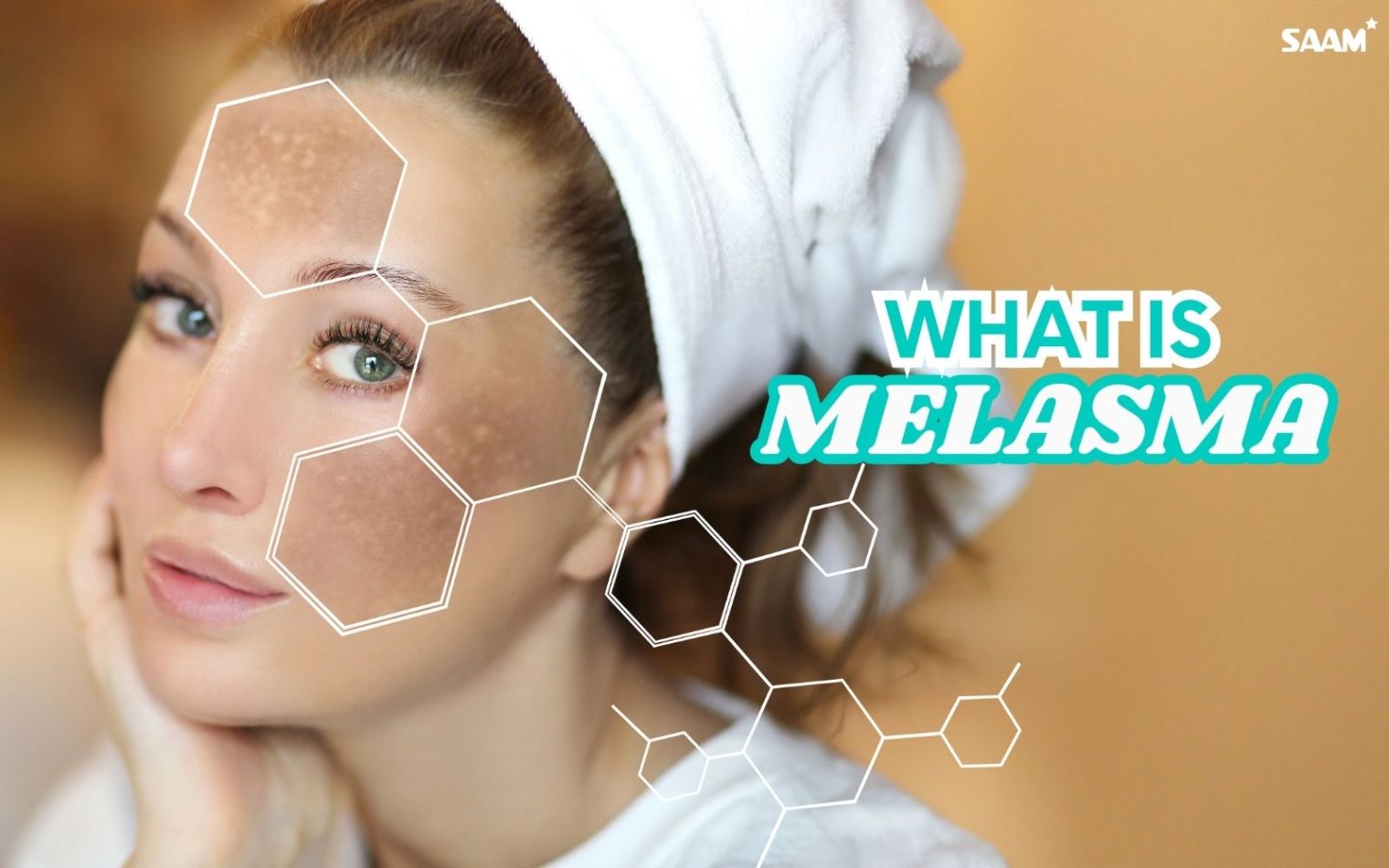
Understanding melasma and finding suitable solution to treat them
1. Understanding Melasma: Causes and Symptoms
1.1. Definition
This skin problem is a form of hyperpigmentation caused by excessive melanin production. It typically appears as brown or gray-brown patches that are darker than surrounding skin and often occur on facial skin.
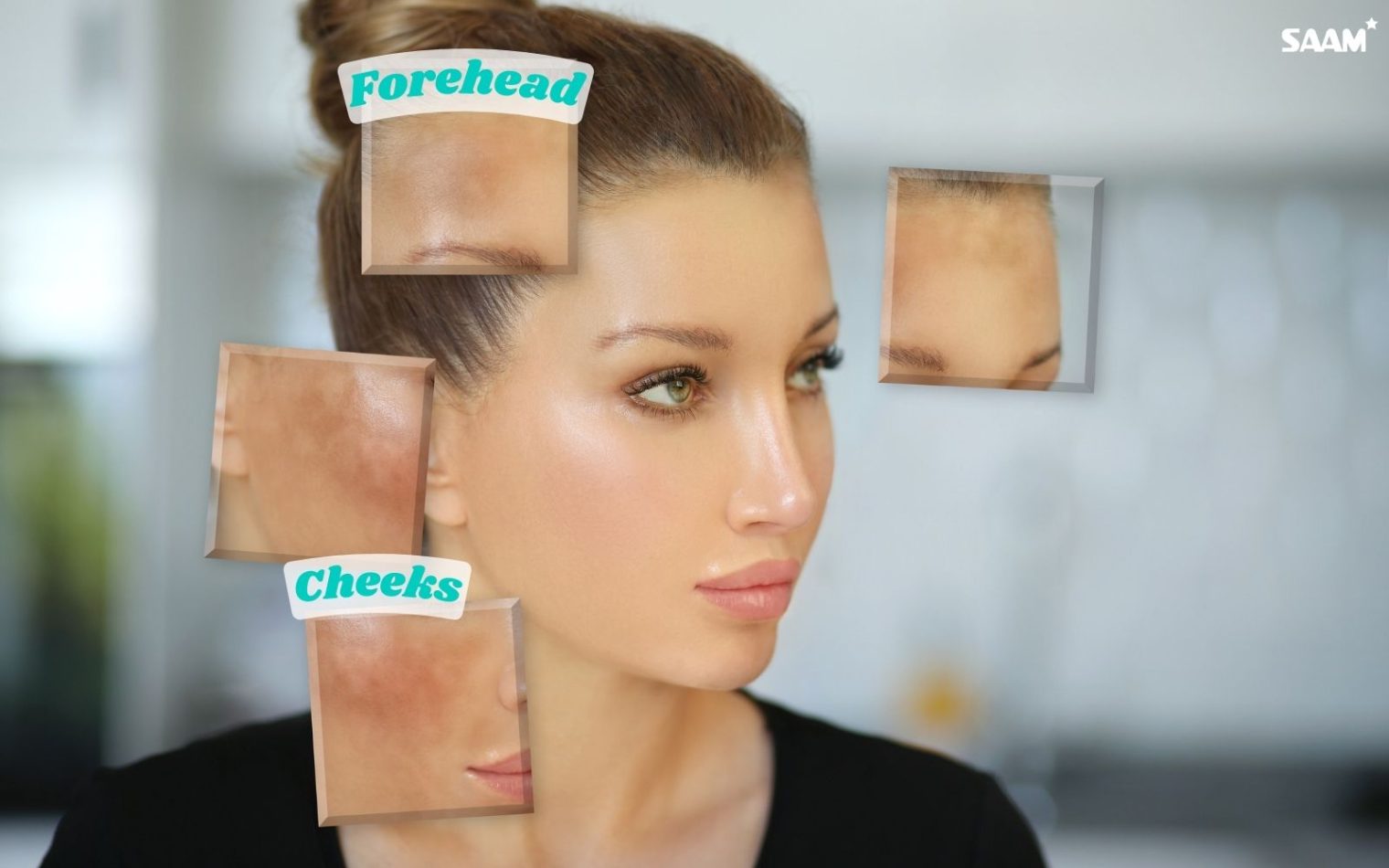
Understanding definition of this skin problem
According to American Academy of Dermatology (AAD), women between 20 and 50 years old account for 90% of melasma cases, while men make up only 10%. The prevalence ranges from 1.5% to 33%, depending on the population. They can darken or fade over time, often worsening in summer and improving in winter.
1.2. Identify Various Types
Melasma commonly appears on forehead, cheeks, nose, and around the mouth, as well as other areas like neck and arms. What many people don’t know is that this problem is categorized into four main types based on size, color, and depth.
- Epidermal Melasma: Light or dark brown patches without clear borders, often found on cheeks, forehead, chin, and around eyes.
- Dermal Melasma: Dark brown or black spots with well-defined edges, typically appearing on cheekbones, forehead, and chin.
- Mixed Melasma: A combination of epidermal and dermal one, showing both large and small spots in various shades of brown and black.
- Deep Melasma: This has settled deep within skin, often due to prolonged untreated pigmentation. These dark spots are harder to treat and require more time.
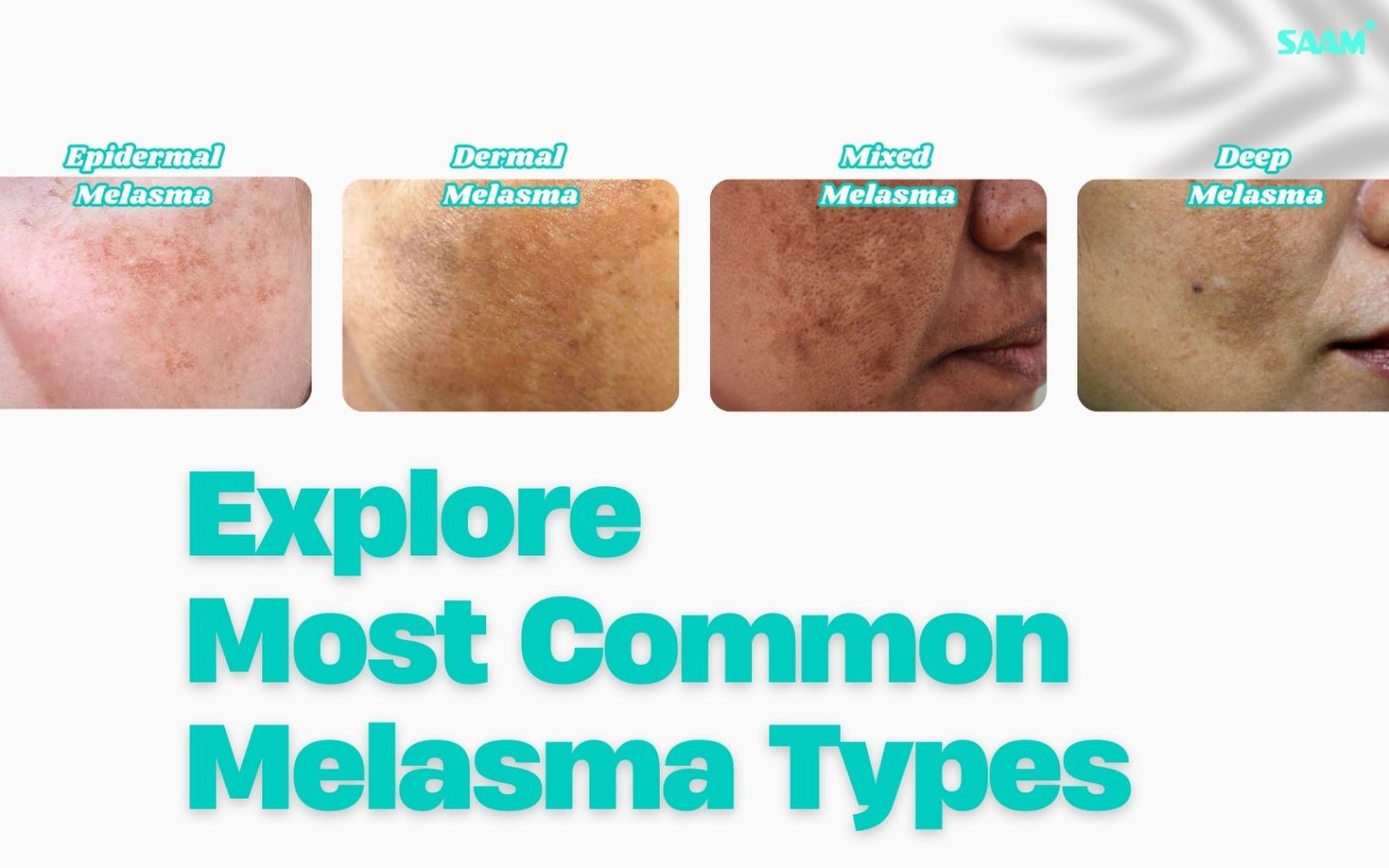
Know 4 most common types
2. Common Causes of Melasma
2.1. External Factors
- Sun exposure: UV rays stimulate melanin production, leading to darkening patches.
- Improper skin care: Using low-quality or unsuitable cosmetics with irritating ingredients can contribute to this skin problem.
- Unhealthy lifestyle: Poor diet, lack of sleep, and stress can negatively impact skin health and lead to melasma.
2.2. Internal Factors
- Hormonal changes: Pregnancy, postpartum, and menopause can trigger dark patches due to fluctuations in estrogen and progesterone.
- Genetics: If it runs in your family, you may be at higher risk.
- Stress: Chronic stress can affect hormonal balance, contributing to this problem.
- Other factors: Aging, certain medical conditions, and environmental influences can also play a role. Identifying the exact cause is crucial for effective treatment.

What are common causes of melasma
3. How to Prevent and Treat
3.1. Effective Preventive Measures for Melasma
Prevention is always better than treatment. Follow these steps to reduce your risk:
- Limit sun exposure by using sunscreen with SPF 30 or higher
- Protect your skin with clothing, hats, and masks, especially between 9 AM and 4 PM
- Maintain a healthy diet, manage stress, and get enough sleep to support hormonal balance
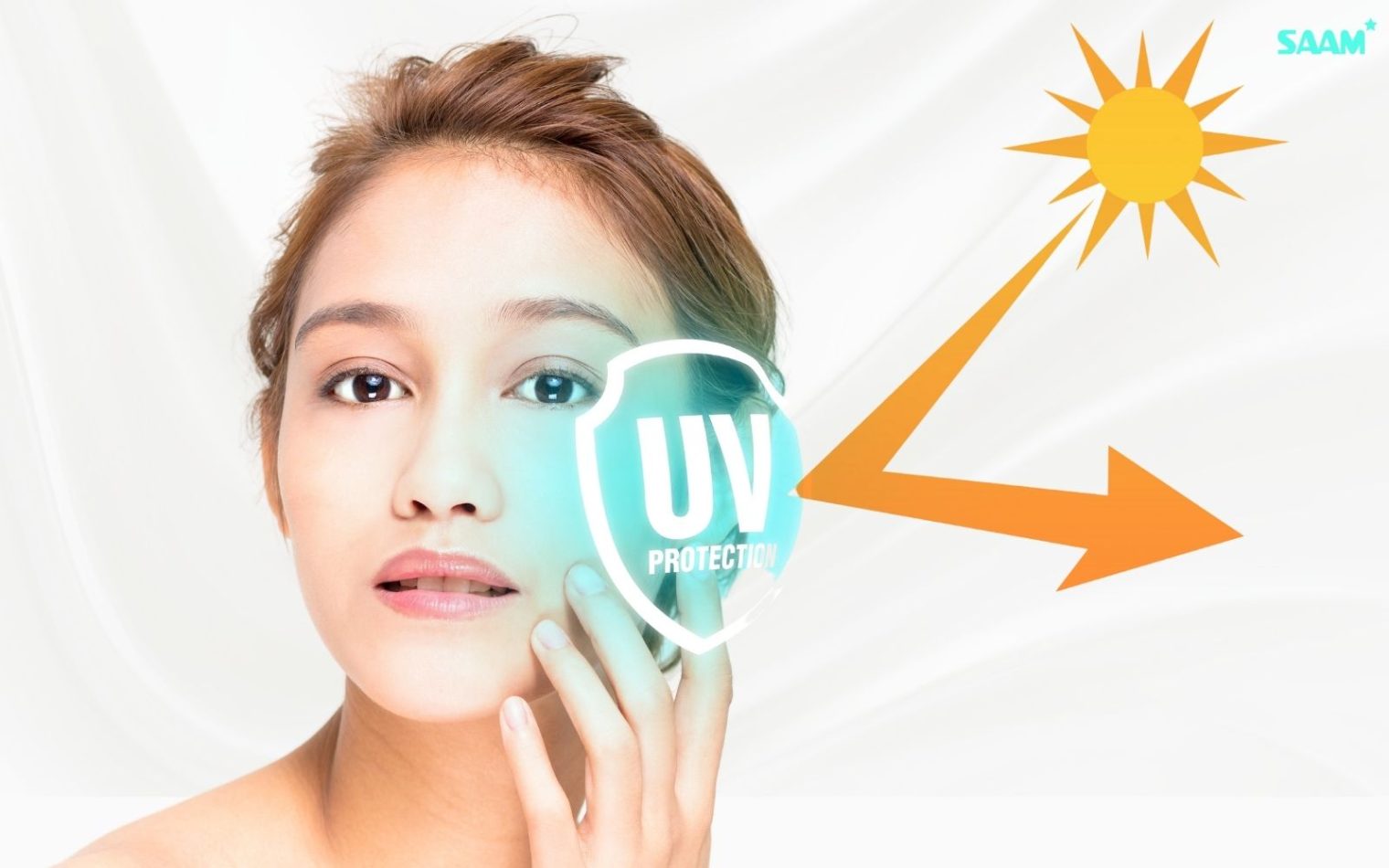
Preventing dark patches from appearing is better than treating them
Source: Canva
3.2. Treatment Options for Reducing Melasma
To treat them, you first need to identify causes of melasma. Depending on your skin type and condition, consider these options:
- Topical treatments: Look for skincare products containing Alpha Arbutin, Kojic Acid, and Tranexamic Acid to prevent excessive melanin production.
- Professional treatments: In severe cases, consult a dermatologist about laser therapy, chemical peels, or microneedling.
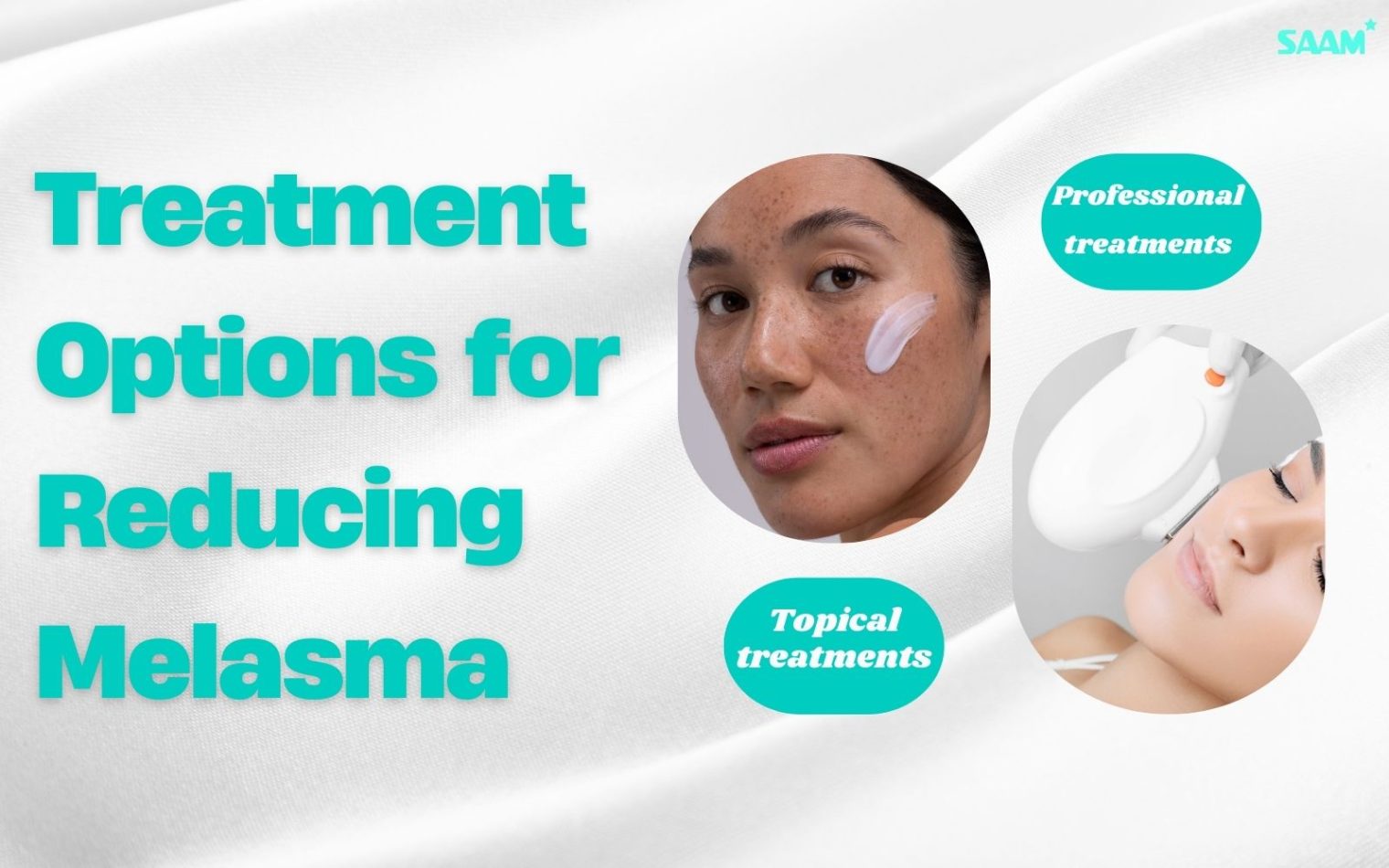
Two treatment types that you must know
4. Choosing the Right Cream
4.1. Top Ingredients in Removing Melasma
For mild cases, skincare products can be effective. Look for these key ingredients:
- Alpha Arbutin: Inhibits melanin production, brightening skin tone
- Kojic Acid: Contributes in fading dark spots
- Tranexamic Acid: Prevents melanin formation
- Vitamin C: Provides antioxidant protection and enhances skin radiance
Otherwise, there are commonly used ingredients including Hydroquinone, Niacinamide, and more.
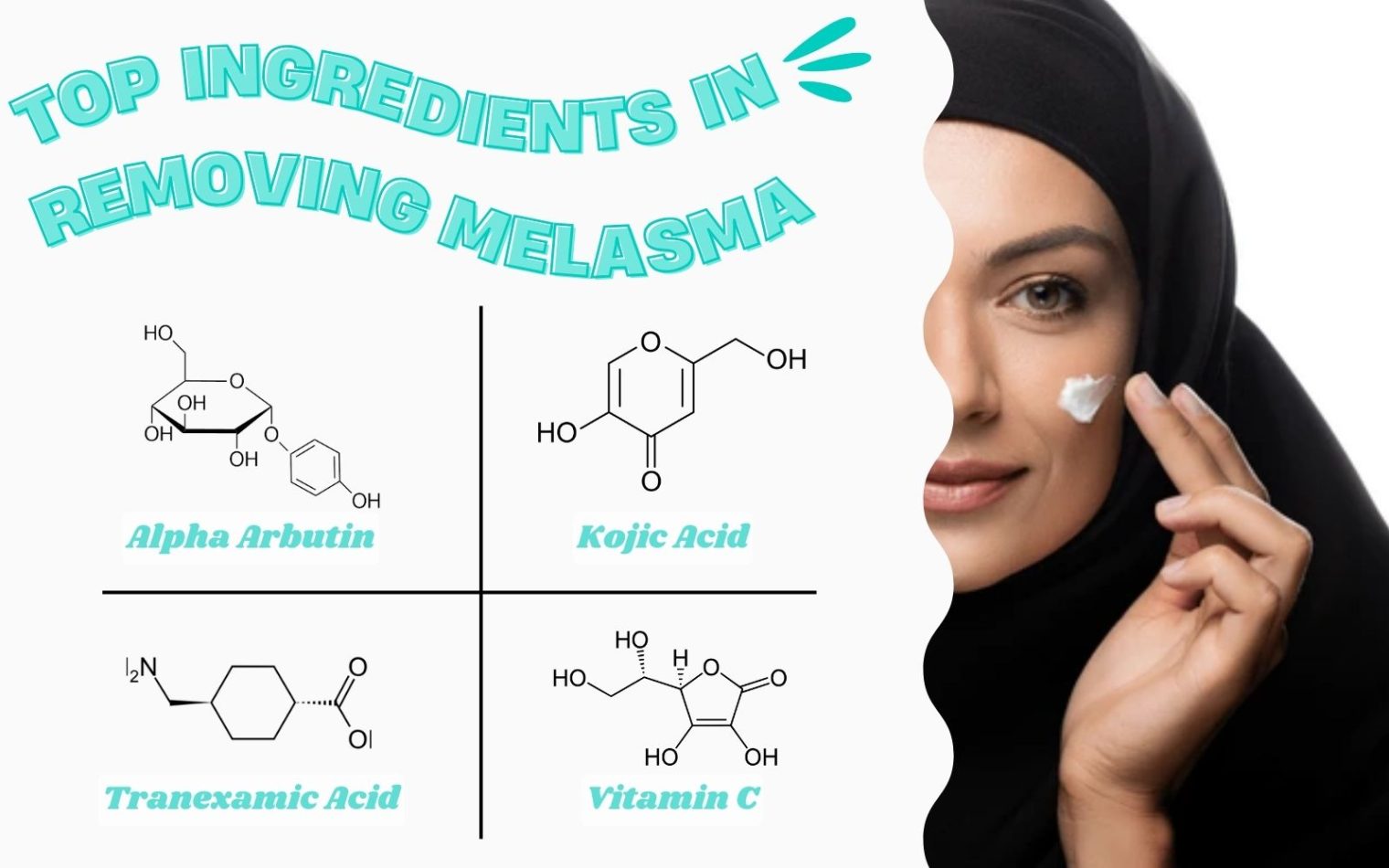
Top 4 ingredients for removing facial spots
4.2. What Makes a Good Treatment Cream?
Currently, there are many cosmetic lines on market for melasma treatment and skin lightening. However, to be safe, you should know following criteria to choose right product for your skin!
- Contains safe, effective ingredients proven to reduce pigmentation
- Dermatologically tested and certified for safety
- Backed by real customer results
- Produced by a reputable brand with clear product origins

Choose the right cream for successful removal
Source: Canva
5. Myths and Facts
Melasma is a common skin problem that affects millions of people worldwide. However, there are some myths and facts about them that you may not know.
5.1. Common Misconceptions
- Only women get melasma. In reality, men can also develop too, though less frequently.
- These dark patches is incurable. With the right treatment, they can significantly fade or even disappear in mild cases.
- Using treatment cream alone is enough. Effective treatment requires a combination of skincare, sun protection, and a healthy lifestyle.
5.2. Scientifically Supported Information
- Melasma mainly affects women of reproductive age (20-40 years) but but it can also occur at any age, including children and the elderly
- There is no guaranteed cure now, but various treatments can help fade spots and significantly improve skin condition
- Treatment requires patience and adherence to expert recommendations. Results vary from person to person
- Prevention is key, as this skin problems can return if proper skincare and lifestyle habits are not maintained
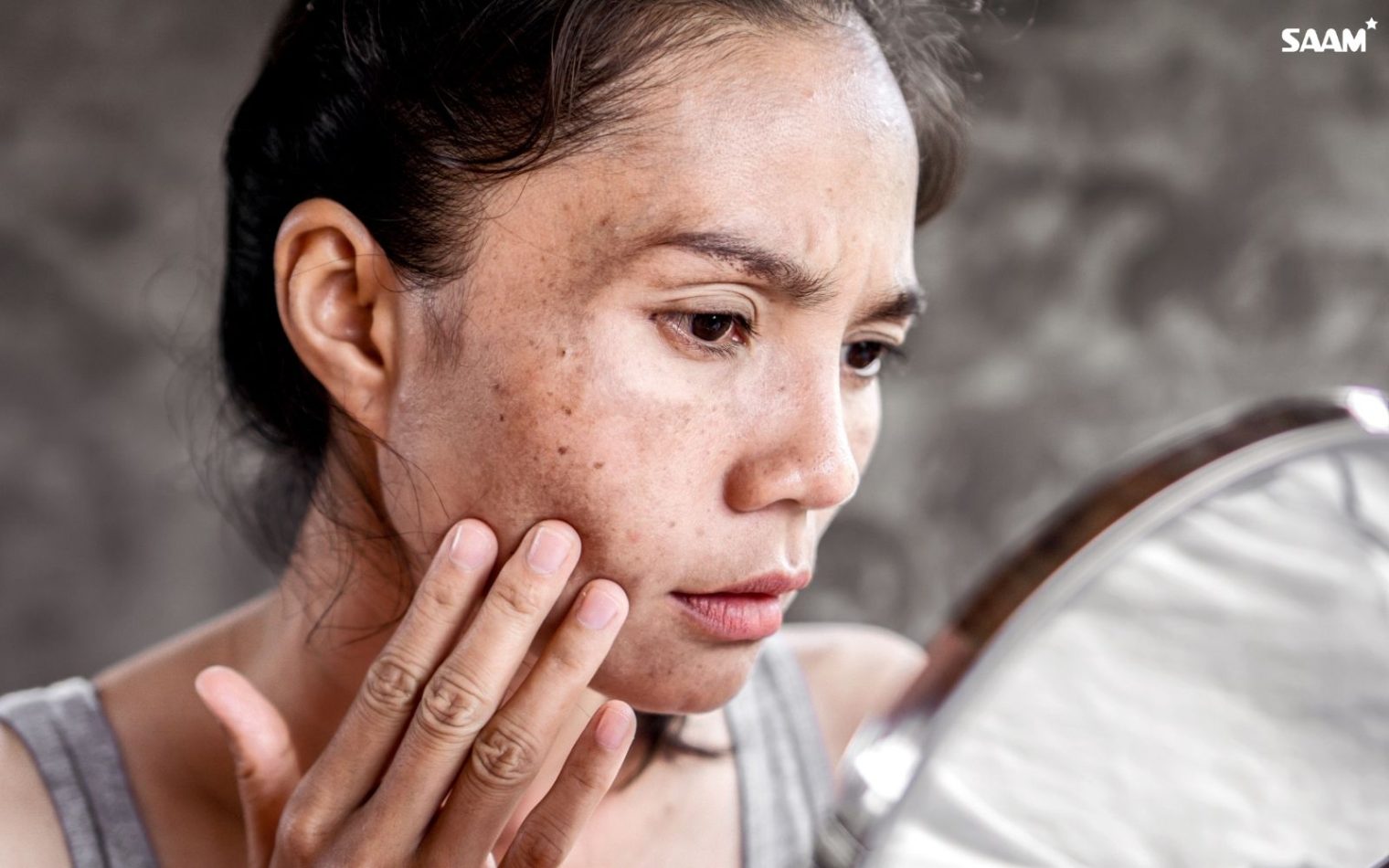
Never let these skin problems affect your confidence
Source: Canva
Melasma is a common but manageable skin condition. By understanding its causes and following right treatment methods, you can keep it under control. If you are looking for an effective solution, check out SAAM Cosmetics products, designed to fade pigmentation quickly and nourish healthy skin from within.
References:
American Academy of Dermatology Association. (n.d.). Melasma: Overview. Retrieved February 15, 2022, from https://www.aad.org/public/diseases/a-z/melasma-overviewSarkar, R., Puri, A., & Thami, G. P. (2017). Melasma. In StatPearls [Internet]. StatPearls Publishing. Retrieved from https://www.ncbi.nlm.nih.gov/books/NBK459271/

[…] Melasma is a common skin problem that causes brown or gray-brown patches on facial skin, usually on cheeks, forehead, upper lip, and chin. These patches are often symmetrical, meaning they appear the same on both sides of face. There are three main types of melasma: […]